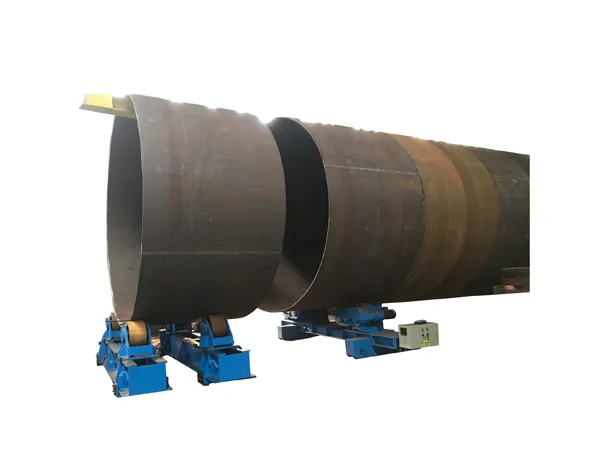Maintaining a welding rotator (also known as a turning roll or pipe rotator) is crucial for its longevity, safe operation, and consistent performance. Proper maintenance helps prevent breakdowns, ensures accurate rotation, and protects your investment.
Welding Rotators Maintenance

I. Safety First!
Lockout/Tagout (LOTO): Before any maintenance, ensure the rotator is completely de-energized and locked out/tagged out to prevent accidental startup.
Personal Protective Equipment (PPE): Wear appropriate PPE, such as safety glasses, gloves, and steel-toed boots.
Stable Load: Ensure any workpiece is removed or securely supported before performing maintenance that could affect its stability.
Manufacturer’s Manual: Always consult the specific manufacturer’s manual for your model. This guide is general; your manual will have model-specific instructions and recommendations.
II. Regular Maintenance Schedule & Checklist
A. Daily / Before Each Use:
Visual Inspection:
General Cleanliness: Check for excessive dirt, grease, weld spatter, or debris. Clean as needed.
Rollers (Drive & Idler): Inspect for damage, wear, flat spots, or embedded foreign objects (slag, metal chips). Clean roller surfaces.
Cables & Hoses: Check power cables, control pendant cables, and any hydraulic/pneumatic lines for cuts, frays, kinks, or wear. Ensure they are not tripping hazards.
Control Panel/Pendant: Check for damage. Ensure all buttons, switches, and E-stops are functional and not sticking.
Guards & Safety Features: Verify all safety guards are in place and secure. Test the E-stop function.
Leaks: Look for any oil or grease leaks from gearboxes, bearings, or hydraulic systems.
Functional Check:
Smooth Operation: Briefly run the rotator (unloaded or with a light test piece) to check for smooth rotation, unusual noises (grinding, whining, clicking), or excessive vibration.
Speed Control: Verify that speed adjustments work correctly.
B. Weekly Maintenance:
Thorough Cleaning:
Clean weld spatter and debris from rollers, frame, and drive components. Use a wire brush, scraper (carefully to avoid damaging rollers), or appropriate cleaning agents.
…
For more detailed information on welding rotator maintenance click to visit: https://www.bota-weld.com/en/a/news/welding-rotator-maintenance.html


